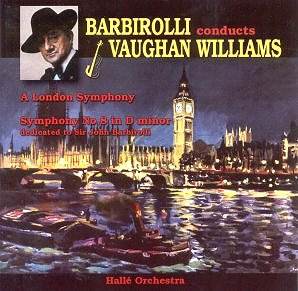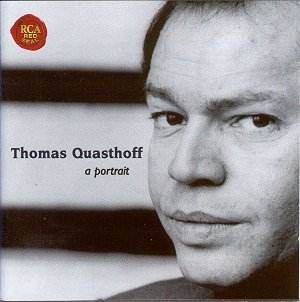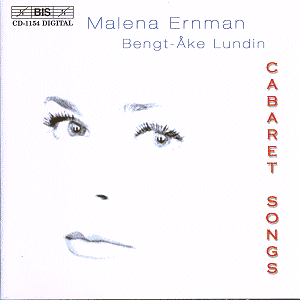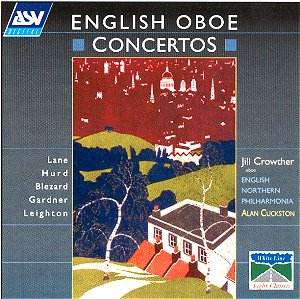 Composer: Bruno Walter
Composer: Bruno Walter
Works: Johannes Brahms: Symphony No. 2; Ludwig van Beethoven: Symphony No. 6 ‘Pastoral’; Wolfgang Amadeus Mozart: Overture: The Marriage of Figaro; Joseph Haydn: Symphony No. 92 ‘Oxford’; Richard Wagner: Overture: Die Meistersinger von Nürnberg; Die Walküre, Act 2 Scene 5; Gustav Mahler: Kindertotenlieder: No. 1; Symphony No. 5: Adagietto; Johann Strauss: Overture: Die Fledermaus
Performers: Vienna Philharmonic Orchestra, New York Philharmonic Orchestra, British Symphony Orchestra, Paris Conservatoire Orchestra; Kathleen Ferrier (contralto), Lotte Lehmann (soprano), Ella Flesch (soprano), Lauritz Melchior (tenor), Alfred Jerger (bass), Emanuel List (bass)
Recording: Various dates and locations, EMI Classics, CZ5 75134 2 [2CDs: 77.29+66.12]
Bruno Walter stands as a pivotal figure in 20th-century conducting, melding the rich traditions of the Austro-German repertoire with a sensitivity that reverberates through his interpretations. The present collection, emblematic of Walter’s prowess, encapsulates a range of works that span from the classical elegance of Mozart to the profound emotional landscapes of Mahler. Each performance is not merely a testament to the conductor’s artistry but also serves as a historical artifact, reflecting the stylistic nuances of their respective eras.
The recordings, while historically significant, present a duality of experience. Walter’s interpretations are marked by a refined musicality, particularly evident in Brahms’s Symphony No. 2. His understanding of the symphonic form brings forth a buoyancy and lyricism often overshadowed by the work’s weightier counterparts. The New York Philharmonic’s playing, particularly the strings, exhibits a certain thinness, a characteristic of the early 1950s recording technology that, despite efforts at restoration, fails to convey the lushness one might expect from contemporary interpretations. The opening Allegro non troppo is imbued with a pastoral warmth, yet the limitations of the medium prevent a fully immersive sound experience.
In contrast, the Vienna Philharmonic’s rendition of Beethoven’s ‘Pastoral’ Symphony reveals the orchestra’s inherent ability to project its rich tonal palette, even within the confines of 1936 recording techniques. Walter’s pacing is judicious, skillfully balancing the serene and tempestuous elements of the work. The Andante molto mosso, with its depiction of the murmuring brook, is particularly evocative, albeit slightly hindered by the lack of clarity in the recording, which obscures the subtleties of the orchestral interplay.
The historical context of these pieces cannot be overstated. Walter’s association with Mahler lends a certain interpretive depth to the Kindertotenlieder, where Kathleen Ferrier’s contralto voice resonates with a haunting fragility. The recording from 1942 captures the emotional gravitas of the work, though again, the fidelity of the sound does not allow the listener to fully experience the depth of her timbre. The Adagietto from Mahler’s Fifth Symphony is similarly poignant, though the tonal limitations diminish the impact of its lush harmonies.
The overtures from Mozart and Wagner, while performed with verve by the British Symphony Orchestra, suffer from a lack of orchestral detail, particularly in the textural richness one expects from such masterworks. The historical performance of Wagner’s Die Walküre scene, featuring notable voices like Lotte Lehmann and Lauritz Melchior, is a fascinating glimpse into the past, though it is marred by the inadequacies of the recording technology of its time.
While the packaging of this collection is commendable, featuring insightful essays on Walter’s contributions, it is essential to approach these recordings with the awareness that they belong firmly in the historical realm. The performances, while showcasing Walter’s urbane musicianship and interpretative insight, ultimately grapple with the limitations of their era’s sound quality. Thus, for the discerning listener, this collection serves as both an educational resource and a nostalgic reminder of a time when musical expression was deeply intertwined with the evolving art of recorded sound.



